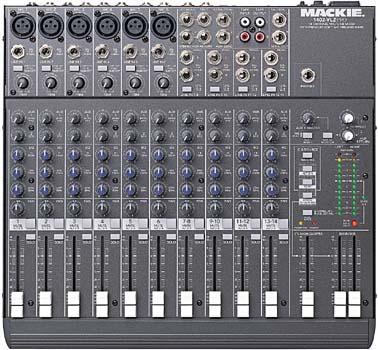
Some rooms are wonderful acoustic marvels others feature so many hard angles and weird surfaces that it’s nearly impossible to add artificial reverb without completely confusing your stage sound. Remember, the room you’re playing will likely add its own characteristics to the natural reverb of your performance. Whereas for faster numbers, we’d recommend more hall-style reverb settings. For ballads and slower tracks, you can get away with longer settings and different types of reverbs, like plate. Separating the two will be key here so they’re not overlapping and causing audio confusion. And if possible, utilize pre-delay to keep your original sound and the reverb from gobbling each other up in the mix. Here’s what we recommend: for more upbeat numbers, go shorter: 800 milliseconds is a good starting point. Live, however, too much reverb and/or delay and your mix becomes a swampland of refracted sound and muddled textures. ADDING THE RIGHT REVERBĪgain, reverb is an awesome tool that can add depth and texture not only to vocals, but instruments on your recordings.

Adding compression via on-board fx settings or an outboard unit might work in small doses to “even things out” in less-than-ideal settings, or make back-up vocals hit the board at the same level without spikes, but you may be surprised at how much more immediate your lead sound becomes without the effect.

You might find your live sound becomes more dynamic with the compression off entirely, relying more on your vocalists to provide dynamics through a mix of vocal technique and mic positioning during quiet and loud passages. On-stage, if you’ve been using a lot of compression on vocal channels, try backing off or turning the compressors off completely in the mix, and A/B’ing that against what you’ve been used to. But keep in mind what they’re doing is affecting the dynamics of your music. On record, compressors and limiters can make vocals and instruments really feel cohesive and gel together. We’re going to start sounding like a broken record, but treat your stage mix differently than your studio mix. Also, many musicians who are still adjusting to in-ears after relying on wedge monitors over the years have noted that a lot of stereo information happening at once can be a major distraction – as information bouncing between the left and right ears causes their brain to focus on this, rather than the levels in the mix and other instruments they’re supposed to be taking cues from during a song. If one earbud pops out mid-song, you don’t want critical audio information not reaching a band member on-stage because a certain instrument was hard-panned to that ear, and now they can’t hear it. Again, this isn’t a clinical listening environment, and the world’s not perfect.

Mixing too much stereo information when sending a monitor mix to in-ears can also be an odd aural experience for musicians on stage.


 0 kommentar(er)
0 kommentar(er)
